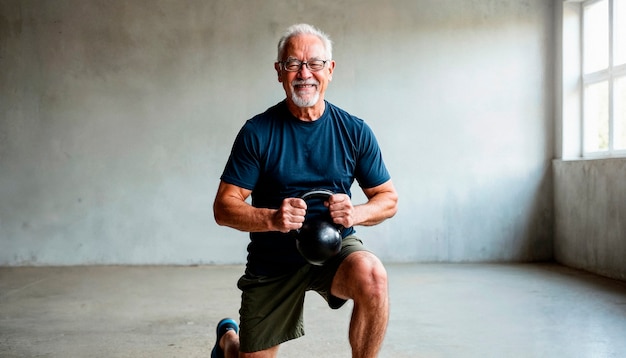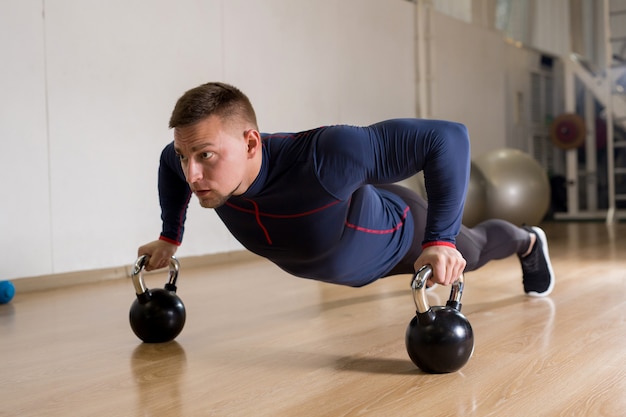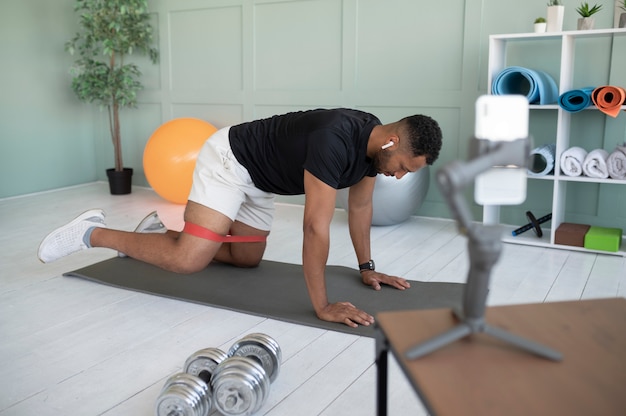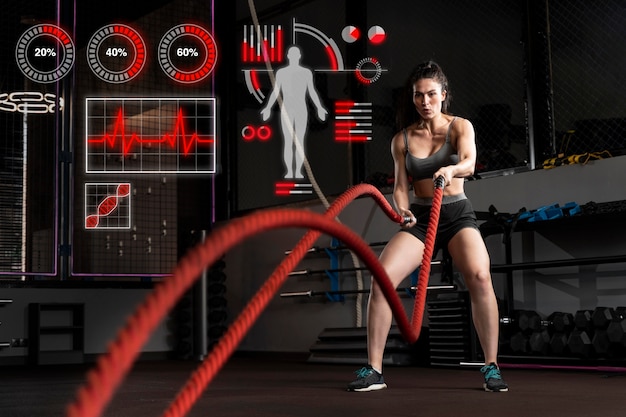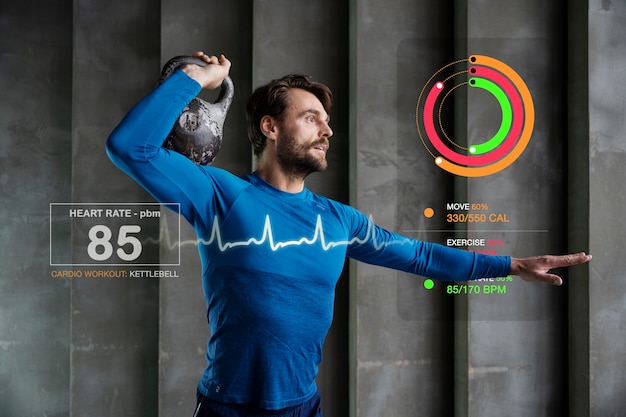Boost Your VO₂ Max in 21 Days: A Teen’s Guide to Sustainable Fitness Gains
Start fast, stay consistent, and track real progress—designed specifically for teens looking to improve endurance and long-term health.

What Is VO₂ Max and Why It Matters for Teens
VO₂ max measures the maximum amount of oxygen your body can use during intense exercise. It's one of the best indicators of cardiovascular fitness and aerobic endurance. For teens, improving VO₂ max can boost energy levels, enhance athletic performance, support mental focus, and lay the foundation for lifelong health.
The good news? VO₂ max isn’t fixed. With the right training, even beginners can see noticeable improvements in just three weeks. This 21-day plan is designed to be sustainable, safe, and effective—perfect for students balancing school, sports, and social life.
How This 21-Day Plan Works
This plan follows a progressive structure: start with achievable workouts, build consistency, and measure improvements weekly. It combines aerobic exercise, interval training, and active recovery to maximize results without burnout.
Key Principles:
- Start fast with low-barrier workouts to build momentum
- Gradually increase intensity to avoid injury
- Include rest and recovery to support growth
- Track weekly progress to stay motivated
Your 21-Day VO₂ Max Plan (Week-by-Week)
Week 1: Build the Habit
Focus on consistency, not intensity. The goal is to get your body used to regular aerobic activity.
- Days 1–3: 20-minute brisk walk or light jog (1:2 run/walk ratio)
- Days 4–5: 15-minute jog with 30-second sprints every 3 minutes (3–4 sprints total)
- Day 6: 25-minute cycling or swimming at moderate pace
- Day 7: Rest or light stretching/yoga

Week 2: Increase Intensity
Now that you’ve built a routine, it’s time to challenge your cardiovascular system.
- Days 8–9: 20-minute jog with 4 x 1-minute fast runs (1-minute recovery between)
- Days 10–11: 30-minute bike ride with 5 x 2-minute hill climbs (or higher resistance)
- Day 12: 20-minute interval session: 30 seconds sprint, 90 seconds walk (repeat 10x)
- Day 13: Active recovery—light walk or stretch
- Day 14: Rest day
Week 3: Maximize Gains
Push your limits safely with structured high-intensity intervals.
- Days 15–16: 25-minute run: 5-minute warm-up, 4 x 2-minute VO₂ max efforts at 85–90% effort, 2-minute recovery jogs
- Days 17–18: Cross-training: 30-minute swim or bike with intervals
- Day 19: 20-minute hill repeats (6 x 30-second uphill sprints, walk down recovery)
- Day 20: Light activity or yoga
- Day 21: Final test: Repeat Day 1 workout and compare performance

How to Measure Your Progress Weekly
Tracking helps you stay motivated and see real results. Use one or more of these simple methods:
- Time Trial: Run or bike a fixed distance (e.g., 1 mile) and record your time every 7 days.
- Heart Rate Recovery: After a 3-minute intense effort, check your heart rate drop after 1 minute. Faster recovery = better fitness.
- Perceived Effort: Rate how hard each workout feels on a scale of 1–10. Over time, the same effort should feel easier.
- Step Tracking: Use a smartwatch or phone to monitor daily steps and active minutes.
Tips for Staying Consistent
Consistency beats intensity when building fitness. Here’s how to stick with it:
- Schedule workouts like classes—put them in your calendar.
- Find a buddy to train with for accountability.
- Use music or podcasts to make workouts more enjoyable.
- Keep a journal to log workouts and how you feel each day.
- Celebrate small wins—like completing a week or running without stopping.
Nutrition and Recovery: Fueling Your Gains
Exercise is only half the equation. To support VO₂ max improvements, focus on:
- Hydration: Drink water throughout the day, especially before and after workouts.
- Balanced meals: Include whole grains, lean protein, fruits, and vegetables.
- Sleep: Aim for 8–10 hours per night—critical for recovery and growth.
- Limit processed foods and sugary drinks: They can sap energy and hinder performance.
Final Thoughts
Improving your VO₂ max isn’t about extreme workouts or quick fixes. It’s about building sustainable habits that boost your energy, confidence, and long-term health. This 21-day plan gives you a clear roadmap to start strong, stay consistent, and see real results—no gym or equipment required. Whether you're an athlete or just getting started, your heart and lungs will thank you.








